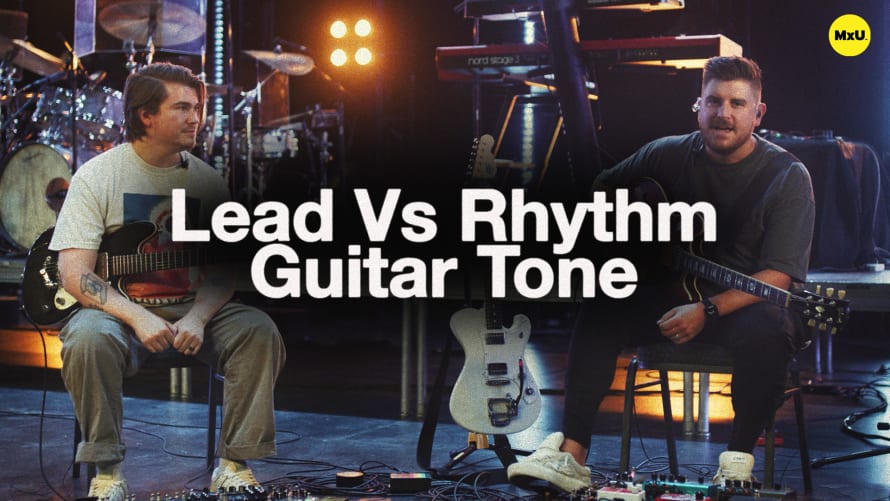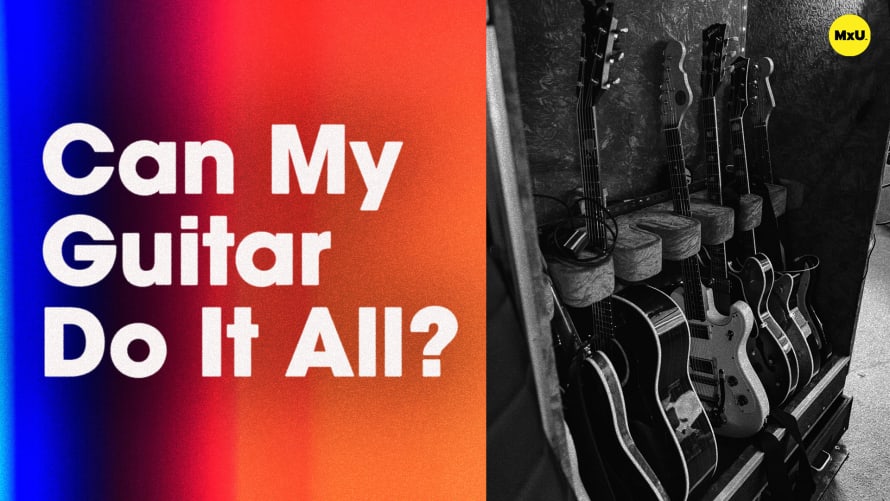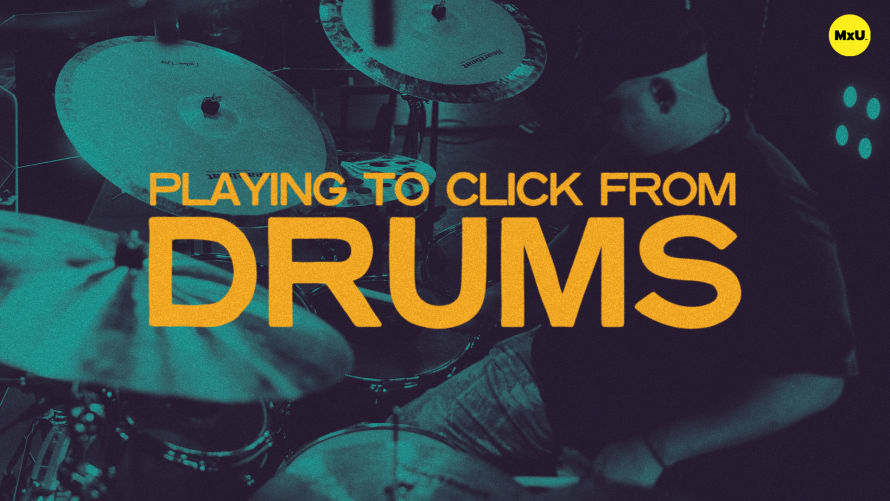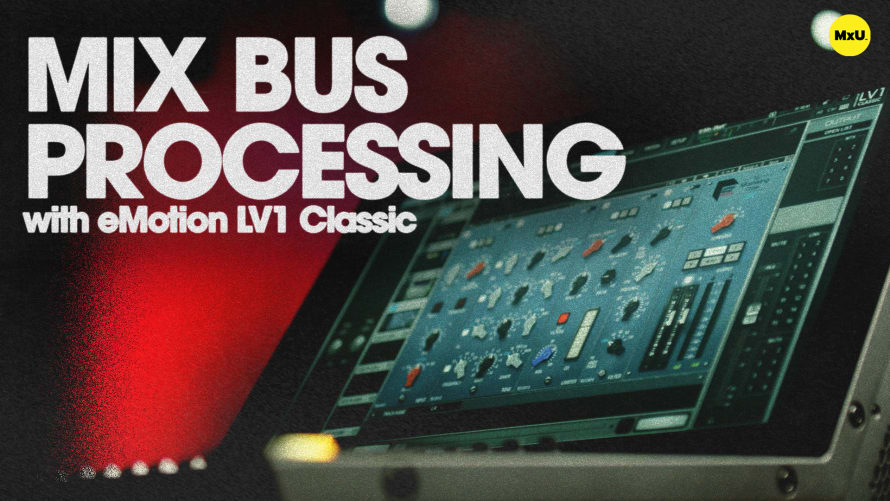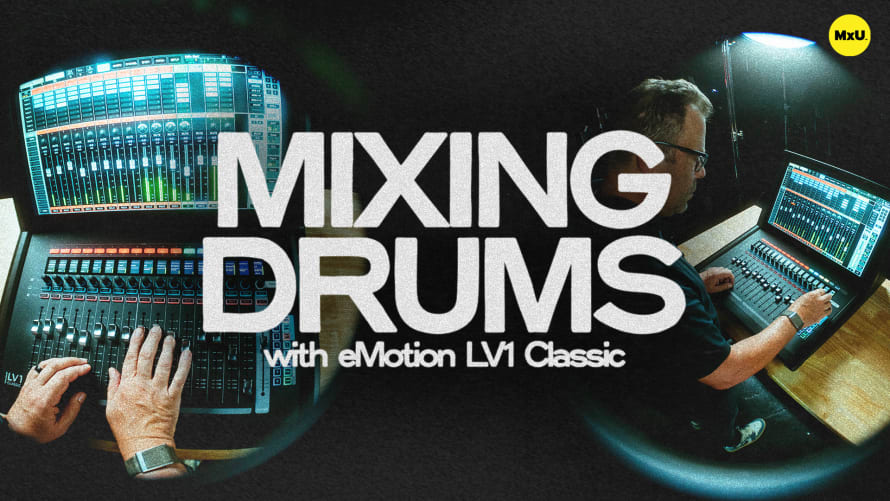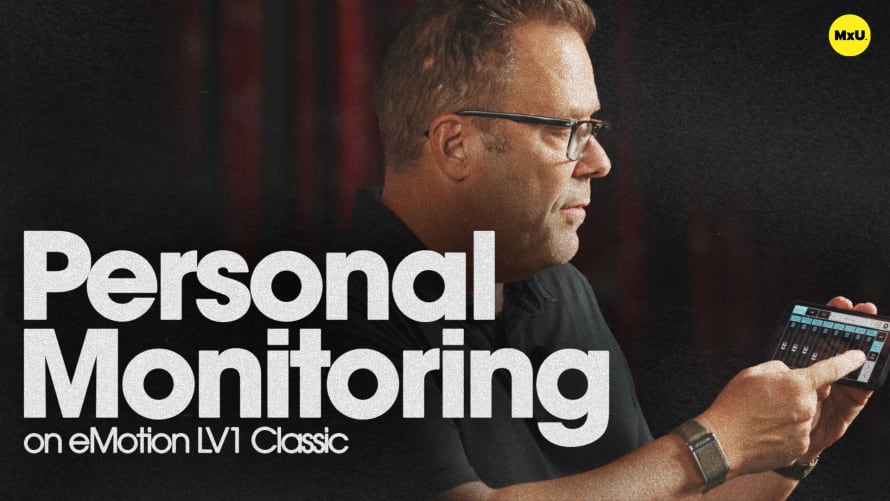Lead Vs Rhythm Guitar Tone
Crafting the perfect guitar tone for worship settings involves understanding the nuances between lead and rhythm guitar roles. This exploration delves into the art of balancing these guitar parts, covering topics like effects usage, pickup selection, gain levels, and playing techniques. The focus is on creating a cohesive sound that enhances the worship experience, whether in live services or live-streamed events.
Rhythm Guitar: The Foundation
Rhythm guitar serves as the backbone of the musical arrangement, filling space and driving the song forward. When approaching rhythm parts:
- Consider using lower neck positions and partial chords for a fuller sound
- Sync up with the bass and drums to extend the rhythm section
- Pay attention to kick drum patterns for tighter integration
Lead Guitar: Adding Color and Emotion
Lead guitar parts often carry melodies and hooks, requiring a different approach:
- Experiment with effects like reverb and delay to create atmosphere
- Use techniques like string raking and octave pedals for texture
- Adjust tone based on the song's energy level and dynamics
Tonal Considerations and Techniques
Switching between lead and rhythm roles requires thoughtful adjustments:
- For rhythm, use less wet effects and lower gain for clarity
- In lead parts, explore brighter tones and more effects for expression
- Match pickup selection and gain levels to the song's intensity
- Practice intentional right-hand techniques to avoid overplaying
Remember, the goal is to serve the song and create a full, cohesive sound that enhances the worship experience. Listen closely to your fellow musicians, especially other guitarists, to ensure your parts complement each other and contribute to a powerful, unified sound.

